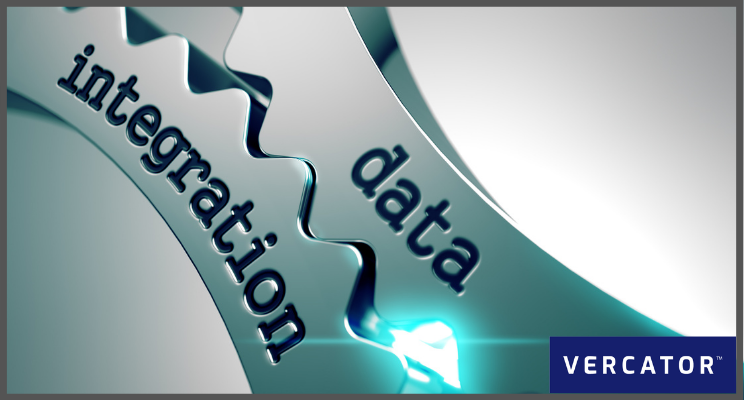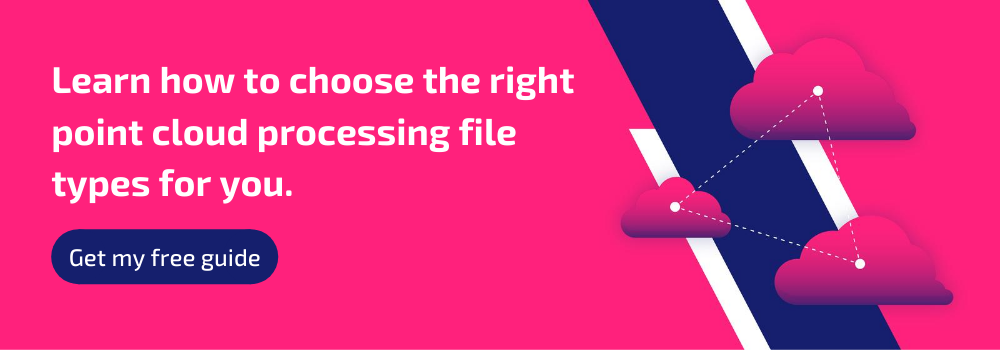Surveyors: Don't Look at Hardware to Solve Software Issues

For surveyors, times are changing fast, and with these changes come significant opportunities. One primary indicator of such change is the move towards cloud and software-based technologies.
In other industries, we have seen a tipping point where proprietary hardware devices have given way to interoperability and the convergence of hardware and software solutions. In surveying, while there is no doubt that more intelligence is being built into on-site devices, the real value-add will be in the number-crunching analysis and classification of data carried out by software — software that is increasingly centred in the cloud.
BIM (Building Information Modelling) and reality capture are acting as catalysts for more automated, digital, industrialised solutions (off-site prefabrication, robotics, collaborative planning). For surveyors who ride this wave, they will be on the path to a secure and exciting future. But making the right investments is critical to capturing these opportunities — and software is central to that change. Let's look at some in more detail.
The hardware behind the software revolution
Historically, hardware has been at the centre of reality capture technology. The rollout of commercial 3D LiDAR scanners in the 1990s made it simple to capture spatial data with a level of detail previously not possible.
The first laser scanners were all run using proprietary software built to match the exact specifications and idiosyncrasies of that unique hardware. What’s changed is the robust standardisation of hardware capabilities — ranging from stationary LiDAR scanners to GPS-enabled mobile devices. The maturity of surveying hardware is what has opened the door for third-party software developers to start building hardware-agnostic solutions able to take scanning to the next level.
The major laser scanner hardware providers (Leica, Faro, Riegl) all produce their own software solutions. But Faro is also an example of a company that produces hardware-agnostic software solutions. Autodesk is the long-time software-specific champion, but there are also a wide range of smaller organisations entering the market with unique and dedicated software tools able to disrupt best practices — many of whom don’t product hardware at all.
Automatic and accelerated point cloud registration
At Vercator, we have pioneered the exact kind of software-first solutions driving innovation within surveying. Our hardware-agnostic point cloud processing algorithm uses a unique multi-stage and vector-based approach to dramatically accelerate and automate point cloud registration. This strategy also allows you to front-load manual tasks, and automate large sections of the process for hands-off registration of targetless scans.
Suggested reading: If you want to learn more about advances in point cloud processing algorithms, check out our free ebook — Point Cloud Processing Has Changed.
Point clouds in the cloud
The use of cloud technology is also growing, and is enabled by new software tools — Vercator included. Robust processing algorithms that make it possible to automate registration create interesting possibilities to harness the on-demand scalability of cloud computing. When it’s possible to parallelise tasks, even the largest datasets can be overcome with relative speed by performing multiple registrations simultaneously.
Using Vercator Cloud, we’ve seen dramatic increases in registration speed using cloud-based technology. Critically, this is all achieved regardless of the hardware in question.
Automating registration will save you both time and money. Cloud-based software will provide a single repository for your secure, reliable data and deliver accurate, quantifiable results.
Suggested reading: If you want to learn more about how cloud computing changes surveying best practices, check out our free ebook — Are You Ready for the Cloud?
Improved collaboration and integration
For most industries, improved collaboration is a major reason for cloud adoption, and the same is true for surveyors. Having cloud-based tools makes it simpler for more stakeholders to review projects, and specialists to collaborate at the right time.
BIM is one example of a common software development impacting how surveyors share reality capture information with wider teams. BIM is also an example of how the use of software can improve surveyor integration within other industries — and create commercial opportunities that didn’t otherwise exist.
Data integration and collaboration
Integration and collaboration can be thought of in reference to individuals, but it can also apply to data itself. We are seeing increased use of software tools to improve the cross-referenced use of multiple data types to create more holistic scan outputs.
For example, SLAM data is being merged with static laser scanners to provide total scene coverage. Another area of interest is combining UAV-based airborne sensors with terrestrial datasets. In all cases, the right software tools are critical to combining these data sets in useful ways. A simple hardware-focused approach to technology will enable you to achieve this kind of outcome. 
Better data analysis and future-focused developments
Scanners can generate vast and complex data sets. This data is a tremendous resource and offers a range of potential opportunities. However, registering and rendering those datasets into 3D models is only the start. Again, the right software is key to opening up the many possibilities.
If we want to look at the future of software developments in surveying, we don’t need to go any further than our own pipeline for examples of how to push the boundaries of automated point cloud processing services.
- Classifying objects within your point cloud: The first stage in breaking down any large point cloud data set's complexity is to classify your objects. When you can separate small subset elements from within the larger point cloud, you can categorise, count, and attribute objects with ease. For example, you can specify the object you wish to search — a road sign or a chair — and the point cloud is analysed and the objects automatically logged into your database.
- Extracting specific objects: The classification of smaller subsets from within the larger point cloud also allows items to be categorised. You can extract out surfaces (floors, walls, and ceilings), pipes, steel members. Such functionality will be extended over time to enable the modelling of all required classified objects.
- Visualising and animating your views: Increasingly point cloud data is being colourised using HD photography. Using cloud-resident software, the photographs can be perfectly matched to the point cloud, with the RGB value applied directly to the corresponding 3D point to produce a 'pixel-perfect' and fully colourised point cloud. You can view the scene from each scan location, transition or walk between scan locations, take discrete measurements, and create animated fly-throughs through the whole point cloud.
The great thing about a software-focused approach is that many of these updates are simply integrated into existing software solutions as they are rolled out — particularly software that is cloud-based. A future-focused approach and future-proofed strategy make a software-focused solution far more flexible and able to match new opportunities as they arise.
Moving from data to intelligence
Software services are constantly being improved to help teams extract intelligence from their point cloud data. Such tools can transform a collection of points into a detailed, valuable 3D model. But there are potential pitfalls to avoid.
If we are to learn from other industries' journeys from hardware-focused to cloud-based and software-driven, we must be mindful of the dangers of lock-in. Platform wars and walled gardens have sprung up in other markets as vendors and service providers jostle to become the de-facto platform. We only have to look at Autodesk with BIM360, Trimble with Trimble Connect and Oracle with Aconex to see where these providers are coming from. The risk is being locked into a platform before you are even aware it happened.
Fortunately, the construction industry is very much standards-driven, giving surveyors confidence that lock-in can be avoided as we move towards a software-defined future. Look for tools with a wide range of compatibility, a commitment to growth and history of development. If you want to try out a hardware-agnostic and cloud-based point cloud solution, you can try Vercator for free and see the difference for yourself. 
